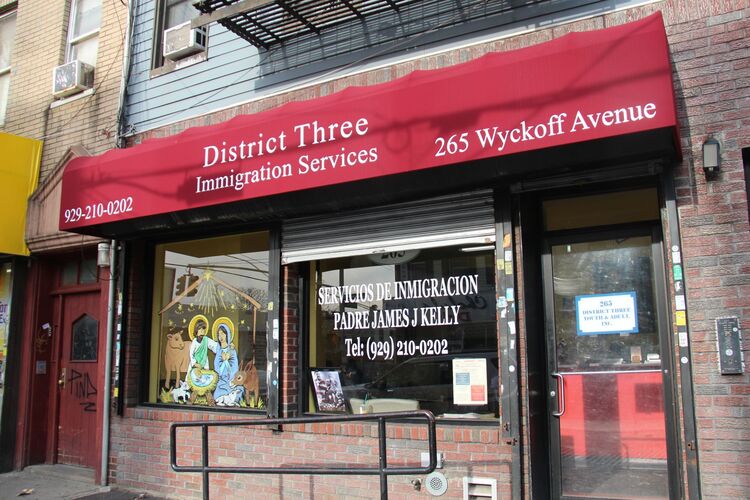By Peter McDermott
It hardly matters now whose fault it was. It happened.
Two opposing sets of patriots, both believing they had right on their side, destroyed the Public Records Office at the Four Courts in June 1922. And in the process, they set alight much of Ireland’s historical memory
Other disasters, including an extraordinary act of bureaucratic bungling in the late 19th century, meant that independent Ireland began its existence with a greatly reduced set of official records.
Researchers became “adept at squeezing every last bit of information from the surviving records,” according to Steven Smyrl, the chairman of the internationally organized Irish Research Genealogical Society. However, the phenomenal online success of the fully digitized and indexed 1901 and 1911 Census returns has whetted their appetite for more. Specifically, they’d like to see the early release of 1926 Census.
Smyrl and fellow campaigners won the pre-election of the support of North Kerry Fine Gael TD Jimmy Deenihan for their cause. Then on April 1, 2011, the IRGS’s 75th anniversary, the newly appointed Minister for Arts, Heritage and the Gaeltacht Deenihan confirmed that he would like to see the 1926 records made available long before the projected release date in January 2027.
But the Central Statistics Office says ‘”No” – 100 years should mean just that. It feels that early access would inhibit people in future years when filling out census forms.
“This is a false argument,” Smyrl told the Irish Echo last week. “Any census returns completed subsequent to the Statistics Act 1993 have an automatic guaranteed 100-years’ privacy promise attached to them. However, the Statistics Act 1926 never provided any such guarantee.”
Nonetheless, a 100-year closure on census returns from 1926 onwards was also imposed by the final draft of the 1993 legislation. An earlier draft said it should be 70 years, which genealogists believe would have made a lot more sense.
The Council of Irish Genealogical Organizations, an umbrella group, has argued that so little data was noted on each person in 1926 that there are no real privacy issues at stake. Each person’s name, age, sex and religion were noted. There was also information about ability to read and write, occupation, marital status, place of birth, relationship to head of household and infirmities, as well as the number of years since marriage and the number of children born.
The 1901 and 1911 census returns had no promise of long-term privacy attached to them. In 1961, Charles J. Haughey, the parliamentary secretary to the minister for justice, signed a warrant to open the records to public scrutiny. “Interestingly, this was only 50 years after the taking of the 1911 census,” Smyrl commented, “but there was no public outcry and the sky didn’t come crashing down.”
In 2009, Fianna Fail Senator Labhrás Ó Murchú introduced a bill that aims to open the 1926 census returns to researchers and the general public. Smyrl believes that the chances of such a bill passing would be improved if information for those born less than 100 years ago were not made public.
“Let’s say the returns were made available in 2016, then in such a scenario the data relating to people born after 1916 would be all or partially redacted,” he said.
But genealogists would like to see the 1926 records released before 2016 and Deenihan has spoken of linking their release to the “decade of anniversaries” for 1912-22.
“There are a number of reasons why the 1926 census would be of use to genealogists, not least that it includes references to people born before civil registration began in 1864,” Smyrl told the Echo. “The returns are organized by household, so it gives those seeking information a snapshot of a family being sought. It allows one to establish who has left home or likely died between one census and another. It indicates where children have been added to the household and notes their age and thus helps in locating their birth records.
“Without census records looking for records of a family can be like searching around in the dark,” he said. “But with decade snapshots available, one is able to obtain an overview of a family over several decades.”
To sign a petition calling for the release of the 1926 Census go to: www.petitionspot.com/petitions/1926C.







